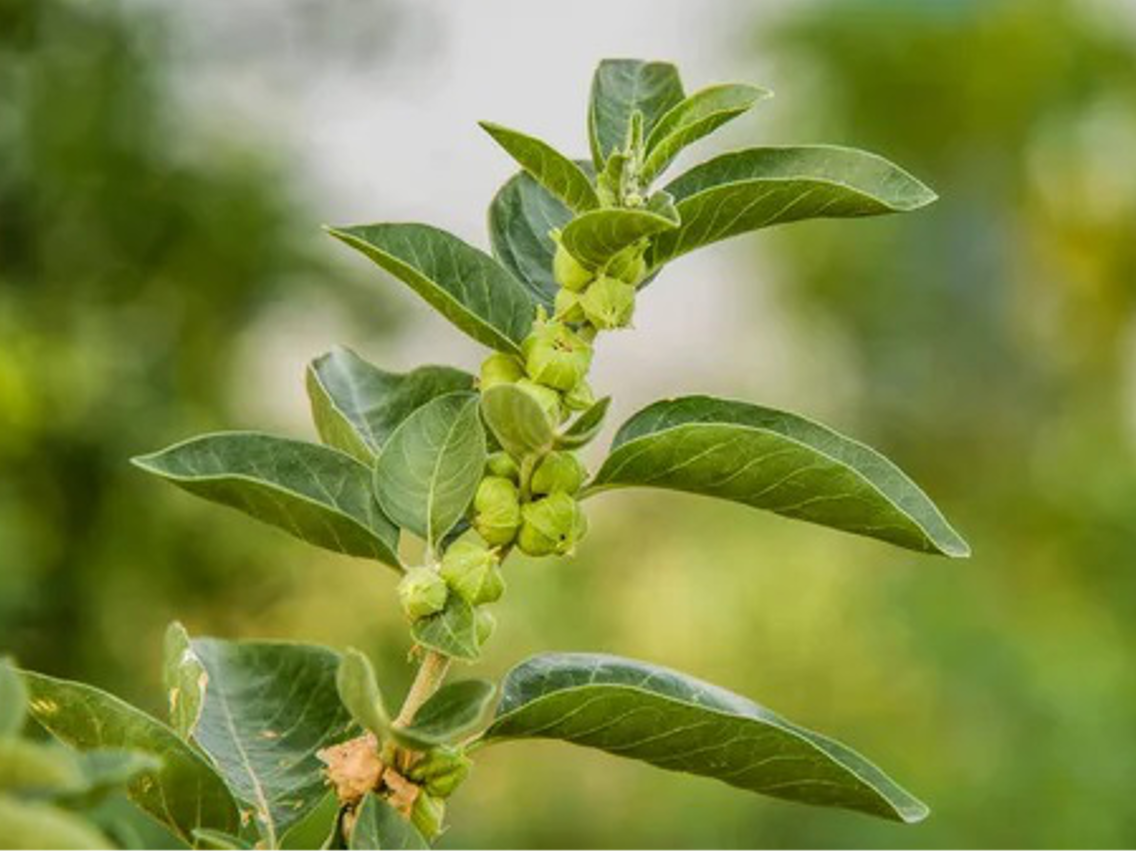Ashwagandha - Winter Cherry

Common Names: Ashwagandha, Winter Cherry, Indian Ginseng, Withania somnifera, Withania, Withania root, Poha, Withania opojná, Withania spava, Physalis somnifera, International: Withania, Ayurvedic: Ashwagandha, Latin: Withania somnifera, English: Winter Cherry, Indian Withania
Latin Name: Withania somnifera
Origin: Africa, Asia
Short Introduction
Cultivation:
Ashwagandha, also known as Withania somnifera, can be grown as an indoor plant in temperate regions. Sow seeds in March for best results; they have a high germination rate. During the summer, the plant can be placed outdoors but should be brought back inside before temperature fluctuations become severe to prevent shock and ensure survival. Regular potting soil and a consistently sunny location are sufficient for healthy growth. Ashwagandha should be watered like any other common houseplant.
Detailed Description
Botanical Information:
Withania somnifera, commonly known as Ashwagandha, is a perennial herb that typically reaches 35–80 cm in height. Its stem is slender and green, adorned with densely-packed, small, oval, bright green leaves. The flowers are green or sometimes greenish-yellow, and following pollination, the plant produces distinctive red berries resembling those of a Physalis (winter cherry). The roots, which are 0.5–1 cm thick, have a notably bitter taste and are prized for their medicinal properties. The entire plant has a subtle, unassuming look, despite its powerful health benefits.
Origin and Distribution
Ashwagandha has been known since ancient times, referenced in Mesopotamian, Arabian, and Indian texts. In Mesopotamia, it was celebrated as a narcotic; in Indian Ayurvedic literature, it is renowned as a tonic and vitalizer, earning the nickname 'Indian Ginseng.' Its uses extended to Arabia as an incense. Ashwagandha made its way to Europe in the 16th century and has since become a valued part of traditional herbal medicine on several continents.
Usage / Dosage
Ashwagandha has, in some respects, been found to surpass even Siberian Ginseng in its benefits. Traditionally, Withania somnifera has been used as a natural aphrodisiac and is often added to beverages to enhance libido and stamina. It is credited with prolonging male erection and improving sexual health. Ashwagandha serves as a calming herb often recommended to managers and those under high psychological stress, including people with anxiety, nervousness, and insomnia. As a natural sedative, it is especially valued for soothing nerves and supporting restful sleep without impairing daytime cognition or the central nervous system. Its ability to promote quick onset of sleep has earned it the common name 'Winter Cherry.'
Ashwagandha is also recognized for its anti-inflammatory effects, its potential role in cancer prevention (especially at higher doses), and its use in supporting recovery after serious illness. It is considered a helpful ally for mental and physical fatigue, and its ability to increase blood circulation in the pelvic region makes it ideal for couples trying to conceive, as it is believed to increase fertility. Suitable for both men and women, it acts as a rejuvenating aphrodisiac. Ashwagandha is recommended for seniors, those with strenuous workloads, and people recovering from illness for its ability to boost energy, stimulate immunity, clear the mind, and support those with arthritis. It may help regulate high blood pressure, and its tincture is sometimes regarded as a natural antibiotic.
Ashwagandha can be taken alongside chemotherapy to help counteract side effects and to possibly help prevent recurrent tumor growth.
Active Compounds
The roots are rich in alkaloids such as pseudotropine, tropine, somniferine, and withanine. In addition, Withania somnifera contains important amino acids including aspartic acid, glutamic acid, alanine, glycine, and other bioactive substances.
Traditional Dosage
When using powdered root, a maximum dosage of 5 g of dried herb per day is recommended. The powdered root can be mixed with water, juice, or other beverages. The whole root may also be chewed. The aerial parts are typically boiled lightly in milk and consumed as a tea, three times daily, one cup per dose.
Combining Ashwagandha with Gotu Kola (Centella asiatica) is traditionally believed to enhance cognitive function and improve memory.
Tincture Preparation:
- 100 g dried herb or 125 g fresh herb to 0.5 liters of 60% alcohol (available at pharmacies)
- Soak for one week in a dark place, shaking the container daily.
- Strain the tincture on the eighth day and it is ready for use.
Recommended tincture dosage: 1 drop per kilogram of body weight.
Safety Note:
No known contraindications have been reported.




